
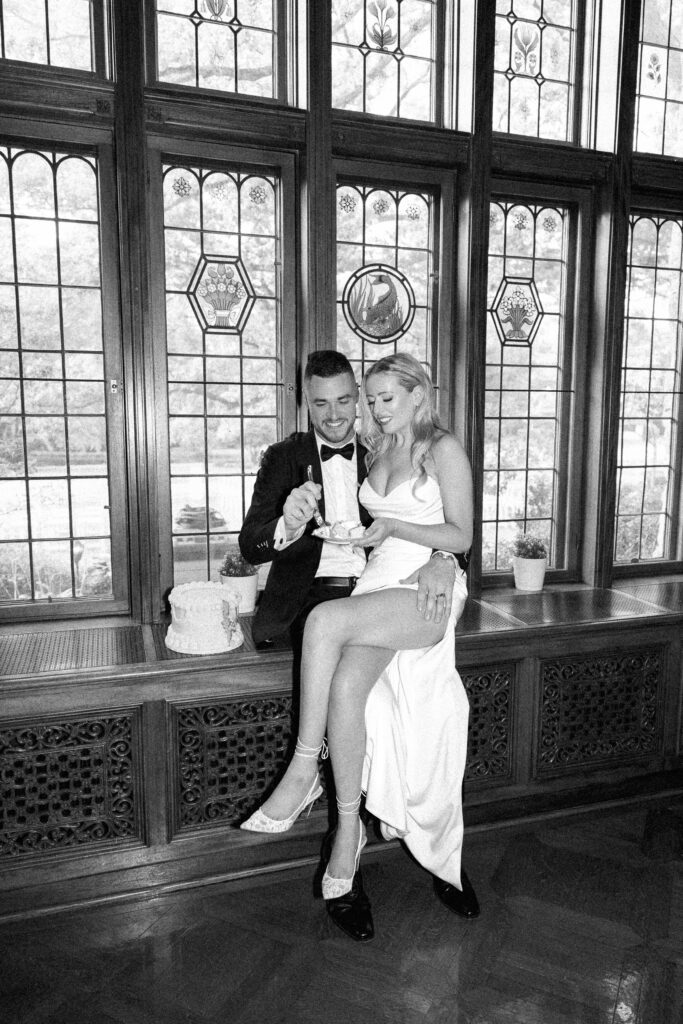
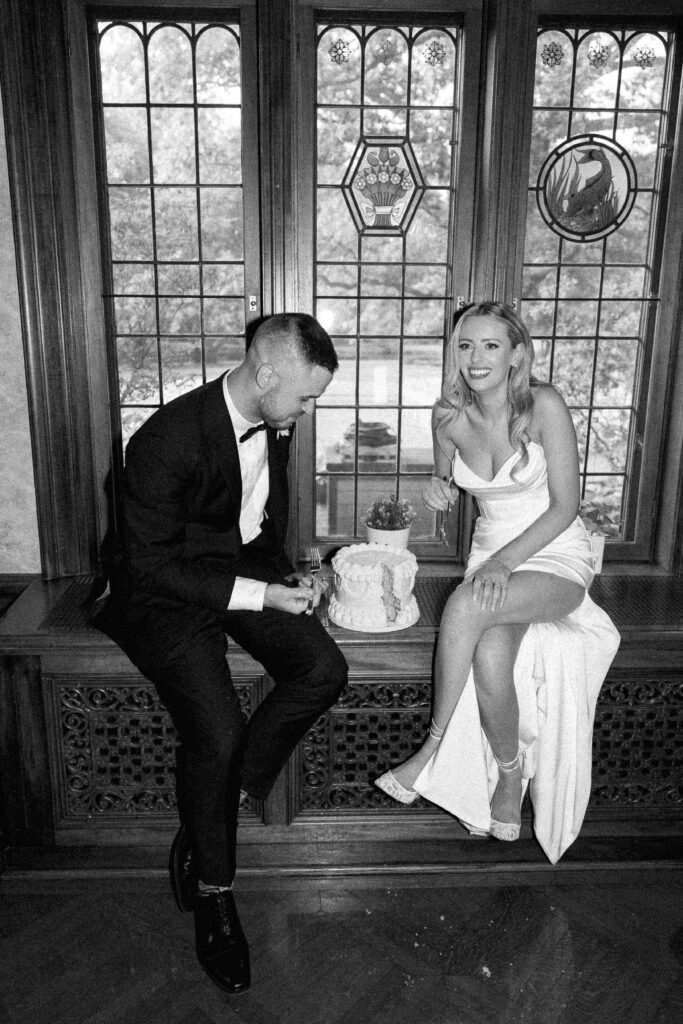
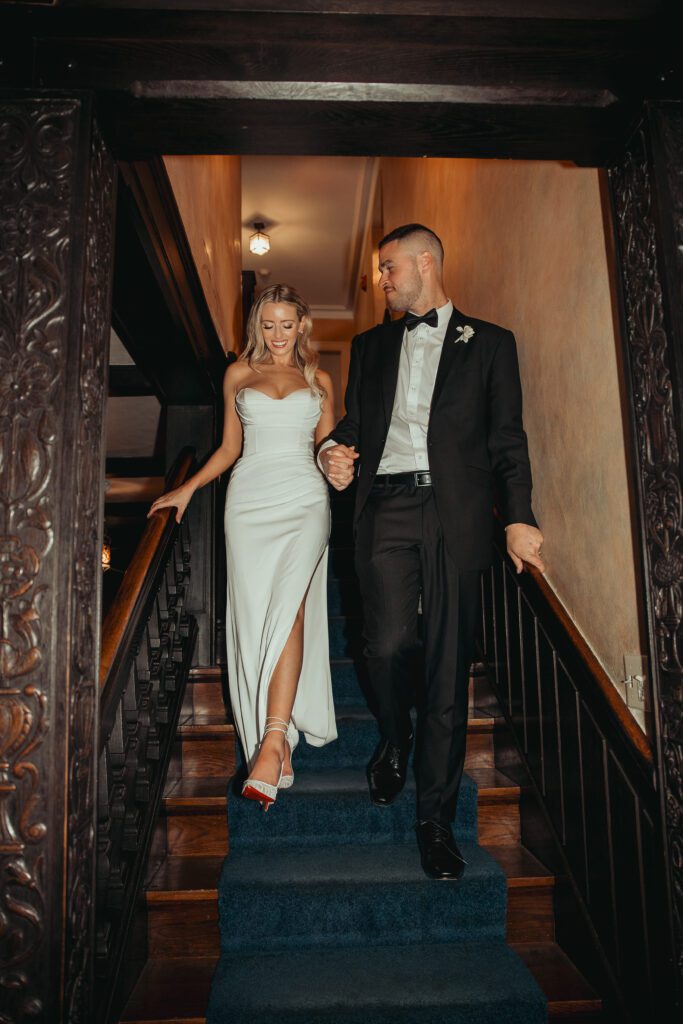
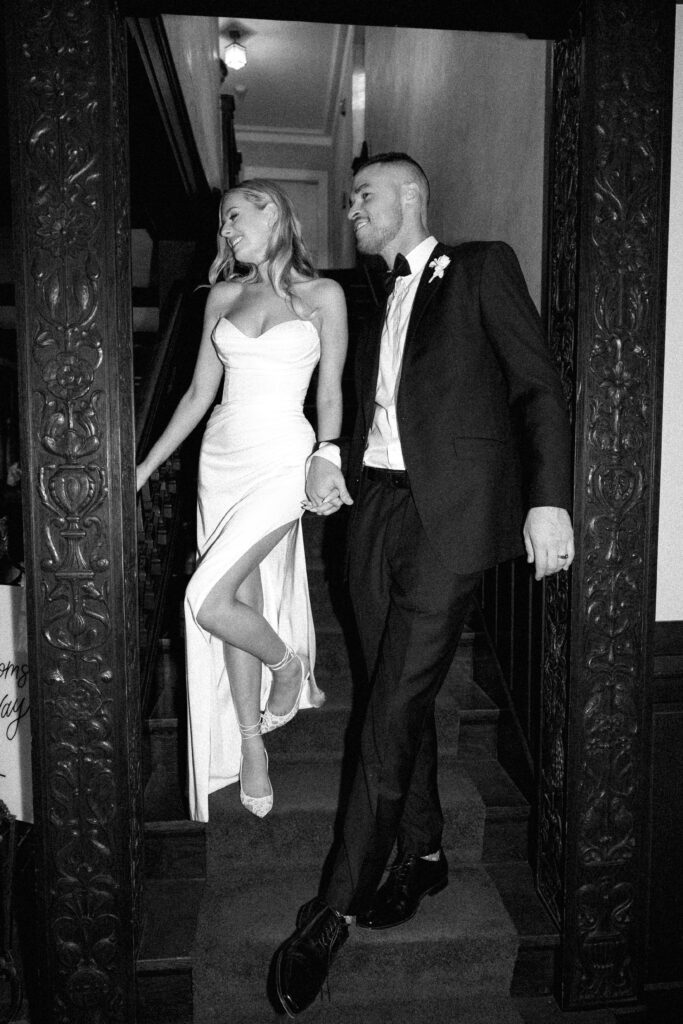
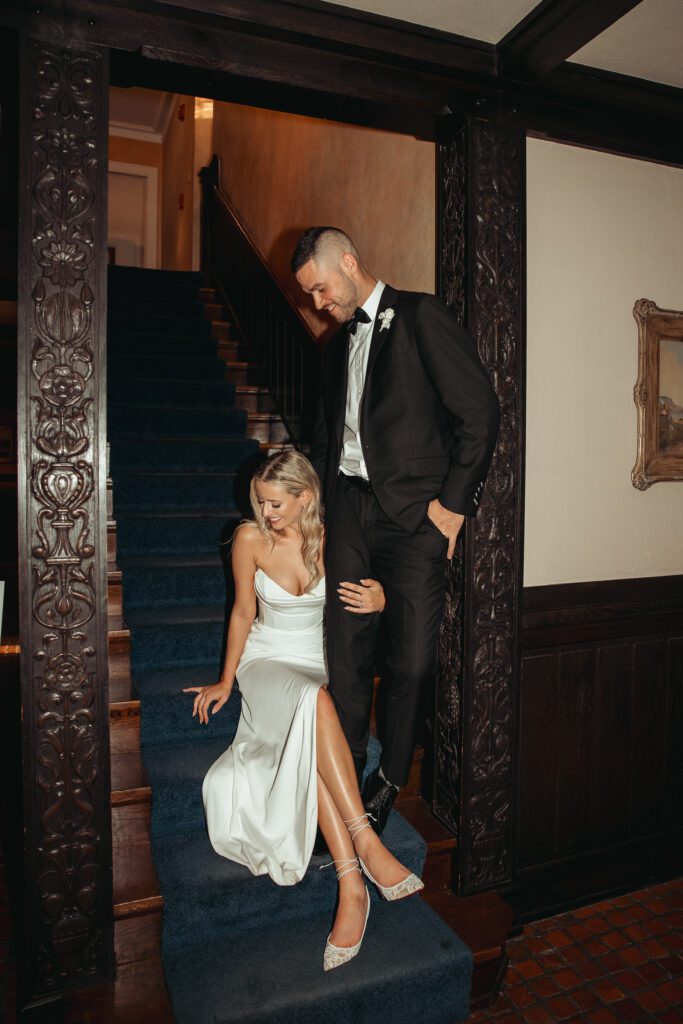
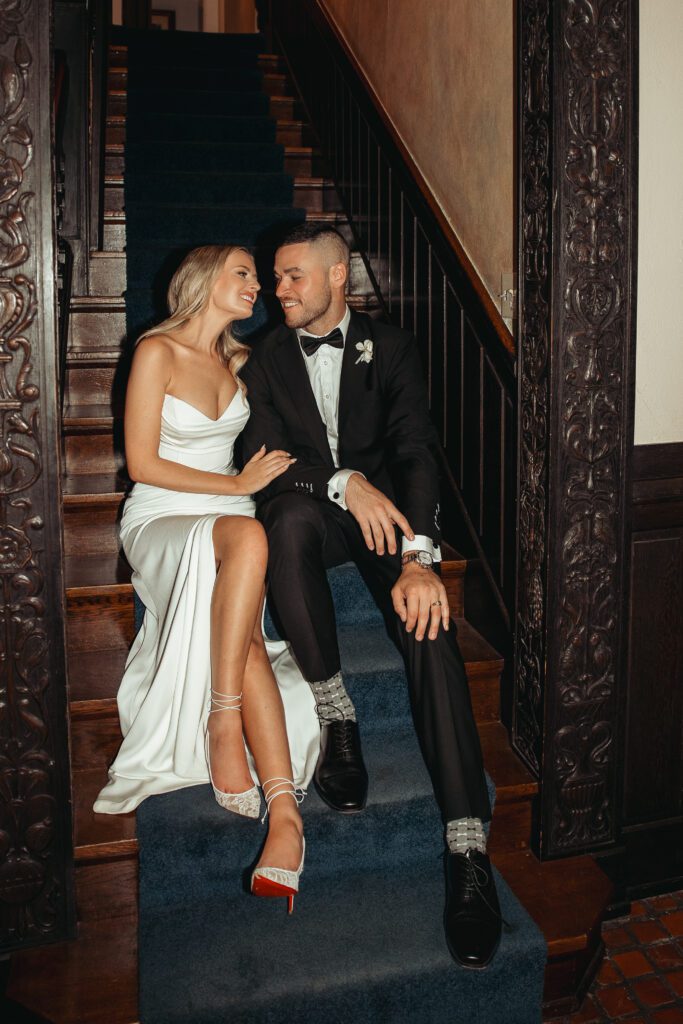
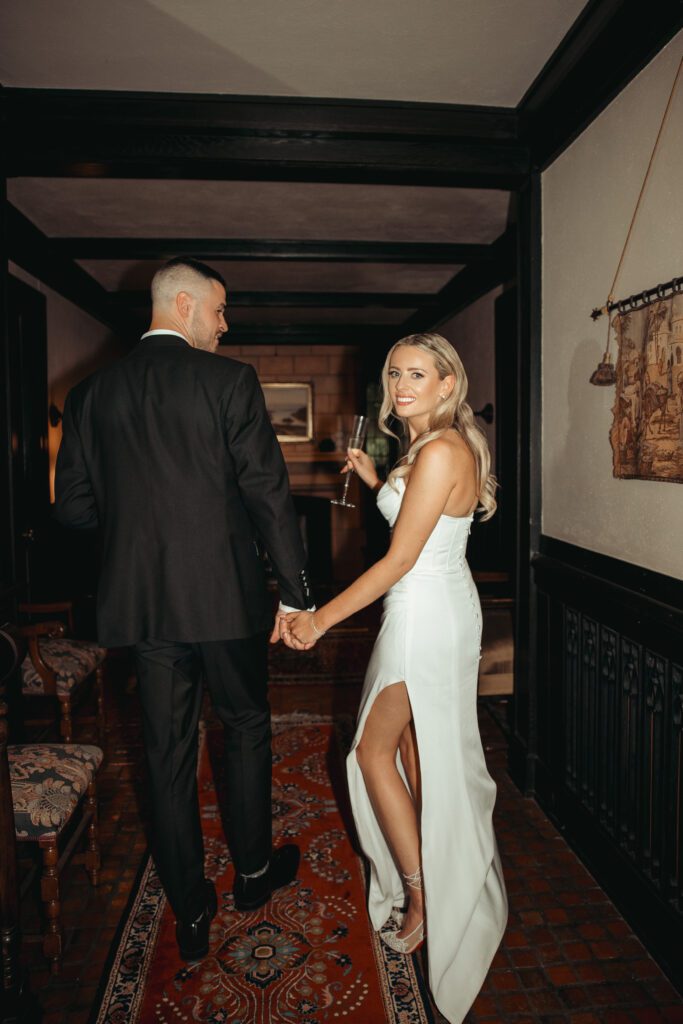
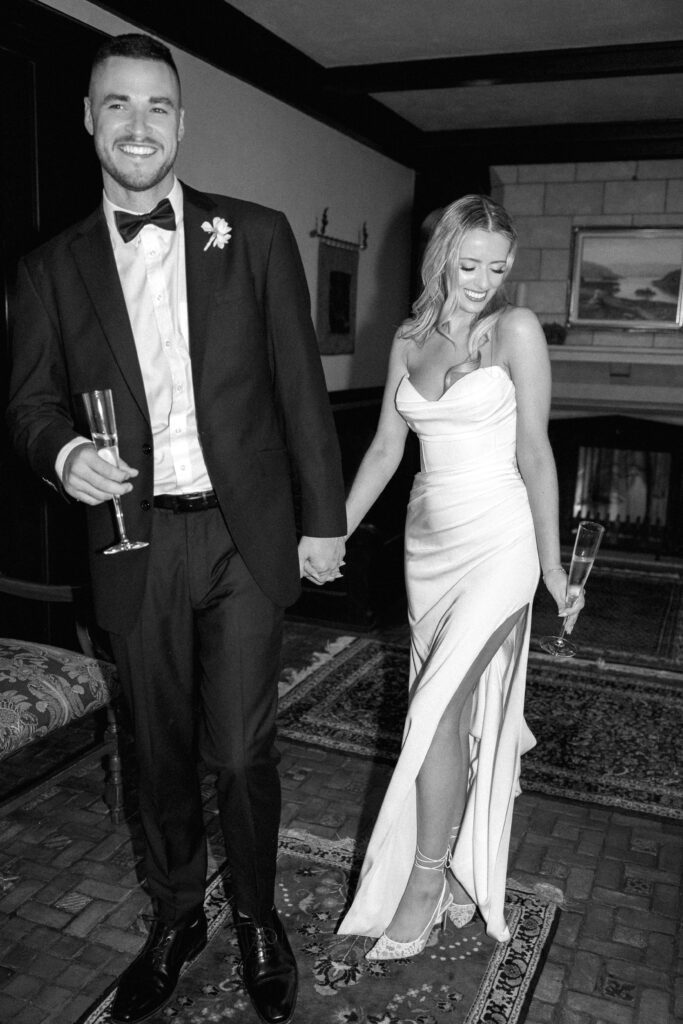
When we think of timeless elegance and sophistication in photography, Old Hollywood instantly comes to mind. The iconic images of silver screen legends like Audrey Hepburn, Marilyn Monroe, and Humphrey Bogart continue to captivate us with their classic allure. These photographs often feature a crisp, high-contrast look that accentuates the subject’s features, creating an aura of glamor and mystery. For wedding photographers looking to evoke this timeless style, direct flash can be a powerful tool. Here’s how to capture stunning Old Hollywood-style wedding photos using direct flash.
1. Understand the Aesthetic
Old Hollywood photography is characterized by:
- High Contrast: Deep blacks and bright highlights.
- Sharpness: Clear, defined features.
- Dramatic Lighting: Shadows play a crucial role in adding depth and drama.
2. Equipment Essentials
To achieve this look, you’ll need:
- A Camera with Manual Settings: Allows precise control over exposure.
- A Powerful Flash: Preferably with adjustable settings.
- Modifiers: A simple reflector can help control shadows.
3. Setting Up Your Camera
Start by setting your camera to manual mode. This will give you full control over your exposure settings. Here’s a quick guide:
- ISO: Keep it low (around 100-400) to maintain image quality and reduce noise.
- Aperture: A mid-range aperture (f/5.6 to f/8) ensures both the bride and groom are in sharp focus.
- Shutter Speed: Match your shutter speed to your flash sync speed (usually around 1/200s).
4. Positioning the Flash
Direct flash can be tricky, but it’s key to achieving that Old Hollywood look. Here are some tips:
- Straight-On Flash: Position the flash directly in front of your subject to create strong, bold shadows. This might seem counterintuitive, as we often try to avoid direct flash, but for this style, it’s exactly what you need.
- Bounce Flash: If the direct flash is too harsh, try bouncing the flash off a nearby surface to soften the light while maintaining the high contrast.
5. Mastering the Shadows
Shadows are a critical element of the Old Hollywood style. They add depth and drama to your images. Here’s how to use them effectively:
- Posing: Position your subjects to create natural shadows on their faces. A slight tilt of the head or a turned shoulder can make a big difference.
- Reflectors: Use a reflector to control the intensity and direction of shadows. This can help in highlighting the contours of the face and adding a three-dimensional effect.
6. Editing for Perfection
Post-processing plays a vital role in achieving the final Old Hollywood look. Here’s what to focus on:
- Black and White Conversion: While color can be beautiful, black and white images often carry the most timeless quality. Adjust the contrast to enhance the blacks and whites.
- Grain: A touch of grain can add to the vintage feel. Apply it subtly to avoid overpowering the image.
7. Posing and Composition
The elegance of Old Hollywood is also in the posing and composition:
- Classic Poses: Research classic Hollywood portraits and note the poses. The “over the shoulder” look, the “gazing into the distance” look, and soft, graceful hand placements are all iconic.
- Symmetry and Balance: Pay attention to the composition. Symmetrical and balanced compositions often feel more timeless and elegant.
Capturing timeless wedding pictures with direct flash in the style of Old Hollywood requires a mix of technical skill and artistic vision. By understanding the aesthetic, using the right equipment, mastering shadows, and paying attention to posing and composition, you can create stunning, elegant photos that stand the test of time. Whether your couple wants a touch of vintage glamor or you’re aiming to add a unique element to their wedding album, the Old Hollywood style is a beautiful way to immortalize their special day.
Caroline Stiers is a Columbus, Ohio wedding photographer, NYC wedding photographer and destination wedding photographer specializing in curating a joyful experience while delivering candid, romantic, emotional imagery with an editorial flare.